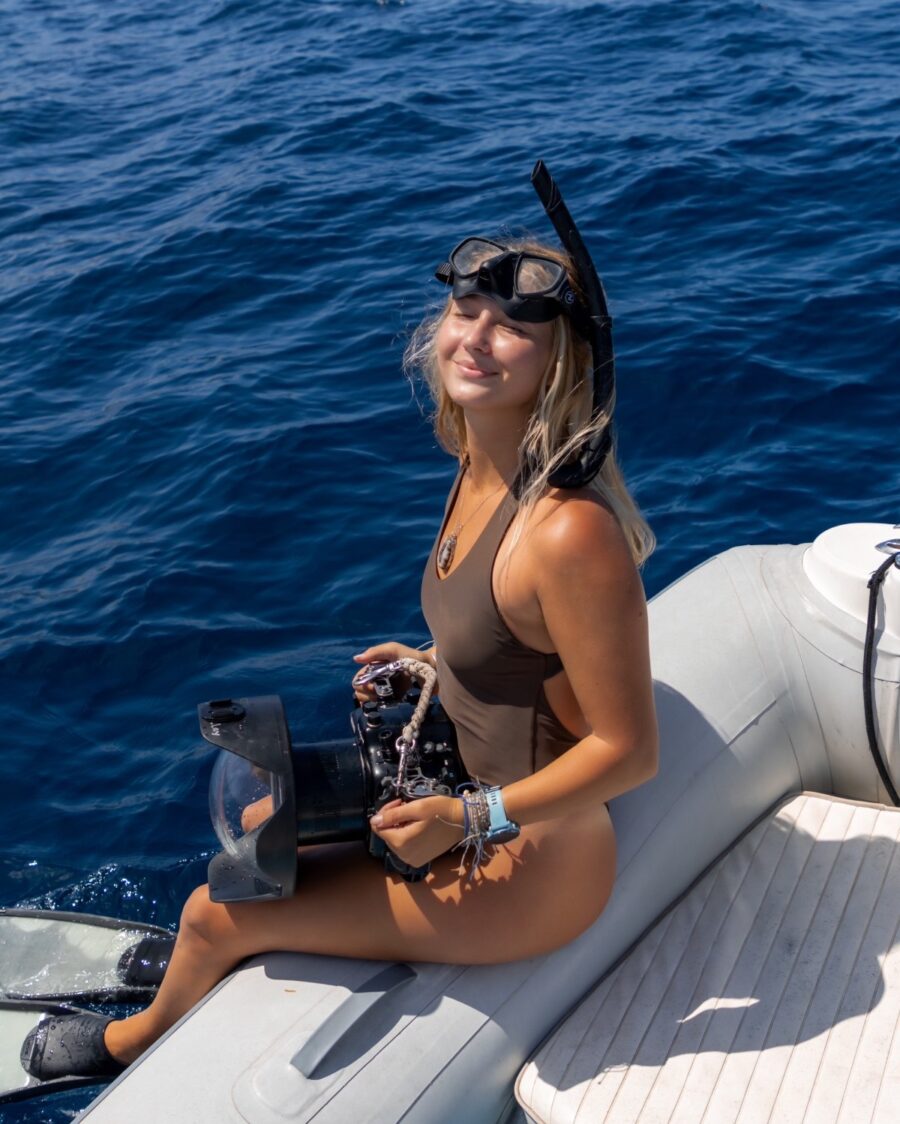The Resonance of Marine Photography in Contemporary Art
In the vastness of oceanic expanse, where light and shadow dance on fluid canvases, photographer Kyla McLay crafts her vision, one that bridges nature’s raw marine environments with the subtle art of visual storytelling. At a time when ecological anxieties and technological shifts coalesce, McLay’s work embodies a critical dialogue on the human relationship to marine worlds. Her images do not merely document; they probe the poetic and political undercurrents of seas increasingly threatened by climate change and human intervention. Against this backdrop, marine photography emerges as a vital artistic practice, amplifying environmental discourse while reconfiguring aesthetic approaches to nature.

Marine Photography: From Documentation to Art
Photography’s historical engagement with the marine environment dates back to the late 19th century, with early explorers and scientists using the medium to capture unknown aquatic worlds. Pioneers like William Beebe, whose 1930s deep-sea explorations were visually documented, established a precedent for photography as a tool for both science and awe. Yet, it was not until the mid-20th century that marine photography began to be recognized as a serious artistic pursuit. Figures such as Hans Hass and Jacques Cousteau popularized underwater imagery, blending documentary rigor with a cinematic sensibility that sparked public fascination with oceanic life.
In the broader art world, marine photography intersected with nature photography’s rise as a genre capturing not just form but mood and meaning. By the 1970s and 1980s, photographers like Ernst Haas and David Doubilet used color and composition to convey the ocean’s dynamic textures and mysteries, pushing the boundaries of documentary towards fine art. This evolution corresponded with growing environmental awareness, situating marine photography at the nexus of aesthetics and activism.

Navigating Today’s Marine Photography Landscape
Today, Kyla McLay operates within a complex, multidisciplinary field that blends traditional photographic techniques with digital innovation. Her work spans diverse marine environments, from coral reefs to icy polar seas, highlighting ecological fragility alongside visual poetry. Exhibited internationally, McLay’s photographs have found platforms in art galleries, environmental campaigns, and publications, reflecting a growing institutional embrace of marine imagery within contemporary art.
Contemporary marine photography is increasingly shaped by concerns about climate change, ocean pollution, and biodiversity loss. Artists and practitioners like McLay engage with these themes, often collaborating with scientists and conservation organizations. For instance, McLay’s recent projects involve documenting the impact of rising sea temperatures on coral bleaching, using high-resolution imagery to evoke both scientific evidence and emotive response. This dual function has elevated marine photography’s market and cultural significance, as galleries and collectors show interest in environmentally engaged work.
Technologically, advances such as underwater drones, 3D imaging, and AI-assisted post-processing have expanded artistic possibilities. McLay, while grounded in classical photographic discipline, integrates some of these technologies, enhancing detail and narrative depth without sacrificing authenticity. Her approach exemplifies a balance between technical mastery and ethical representation, a tension central to contemporary marine art.
Institutions like the National Gallery of Australia and the Oceanographic Museum of Monaco have curated exhibitions foregrounding marine photography, recognizing its role in shaping public perceptions of nature. Simultaneously, art fairs and auction houses report increased interest in works addressing ecological themes, confirming the commercial viability of this niche. Yet, this attention also raises questions about commodification and the representation of environmental crises in the art market.

Critical Perspectives on Marine Photography and Environmental Art
Despite its cultural prominence, marine photography faces critiques from multiple fronts. Some scholars argue that photographic representation risks aestheticizing environmental degradation, potentially diminishing urgent ecological messages into consumable visuals. Art theorist Amelia Jones, for example, cautions against the “spectacle of destruction,” where images of suffering nature can foster passive spectatorship rather than activism.
Furthermore, ethical concerns about the photographer’s impact on fragile marine ecosystems are increasingly discussed. Practices such as intrusive diving or artificial lighting may disturb wildlife, prompting debates about responsible art-making. McLay herself has spoken about navigating these dilemmas, advocating for minimal intervention and collaboration with marine biologists to ensure ethical standards.
From an economic perspective, the rising market demand for environmental art can produce tension between artistic integrity and commercial pressures. The risk of “greenwashing” art, where environmental themes are used superficially to attract buyers, challenges practitioners to maintain critical rigor. McLay’s work is often praised for avoiding such pitfalls by grounding imagery in scientific collaboration and narrative complexity rather than mere spectacle.
Aesthetic debates also surface around the portrayal of marine subjects: should photographers focus on beauty, decay, or resilience? McLay’s oeuvre tends to embrace ambiguity, resisting simplistic dichotomies. This nuanced approach invites viewers to engage with marine environments as contested sites of beauty, vulnerability, and human consequence.

Future Currents: Trends and Prospects in Marine Photography
Looking ahead, marine photography is poised to evolve amid accelerating environmental change and technological innovation. The integration of virtual and augmented reality, for instance, promises immersive experiences that could deepen public engagement with marine ecosystems. Early experiments by artists and institutions suggest a future where viewers can virtually “dive” into endangered reefs, fostering empathy and awareness.
Data-driven art also gains traction, with photographers like McLay potentially incorporating real-time environmental data into visual narratives. This hybridization of science and art could transform marine photography into a dynamic medium that not only documents but predicts and responds to ecological shifts.
Sustainability will likely remain a central theme, pushing artists to develop eco-conscious practices and materials. Collaborative models involving indigenous communities and ocean scientists may expand, enriching marine photography’s cultural relevance and ethical framework.
Market trends suggest continued interest in environmentally themed works, yet the field may face increased scrutiny regarding authenticity and impact. Institutions may play a pivotal role by fostering critical discourse and supporting artists committed to ethical engagement. Ultimately, marine photography’s future lies in its capacity to merge aesthetic innovation with ecological advocacy, offering new ways to perceive and protect the planet’s oceans.

The Tide of Marine Art’s Transformative Power
Kyla McLay’s photographic exploration of marine and natural environments exemplifies how contemporary art can articulate urgent environmental narratives without sacrificing artistic depth. Her work navigates the delicate interplay between nature’s beauty and vulnerability, technological possibilities, and ethical imperatives. As marine photography gains prominence, it challenges both creators and audiences to rethink their relationship with the oceans, not as distant backdrops but as living, complex systems integral to human and planetary futures. In this evolving dialogue, McLay’s practice encourages sustained reflection rather than facile answers, inviting ongoing engagement with the shifting tides of marine art and environmental consciousness.









